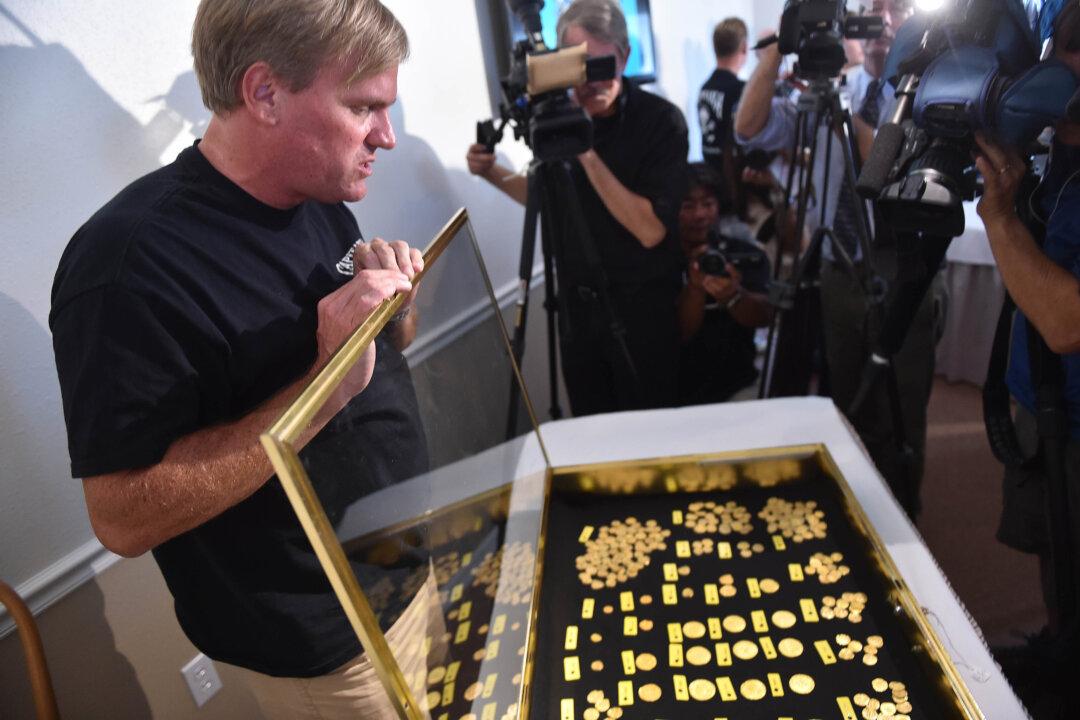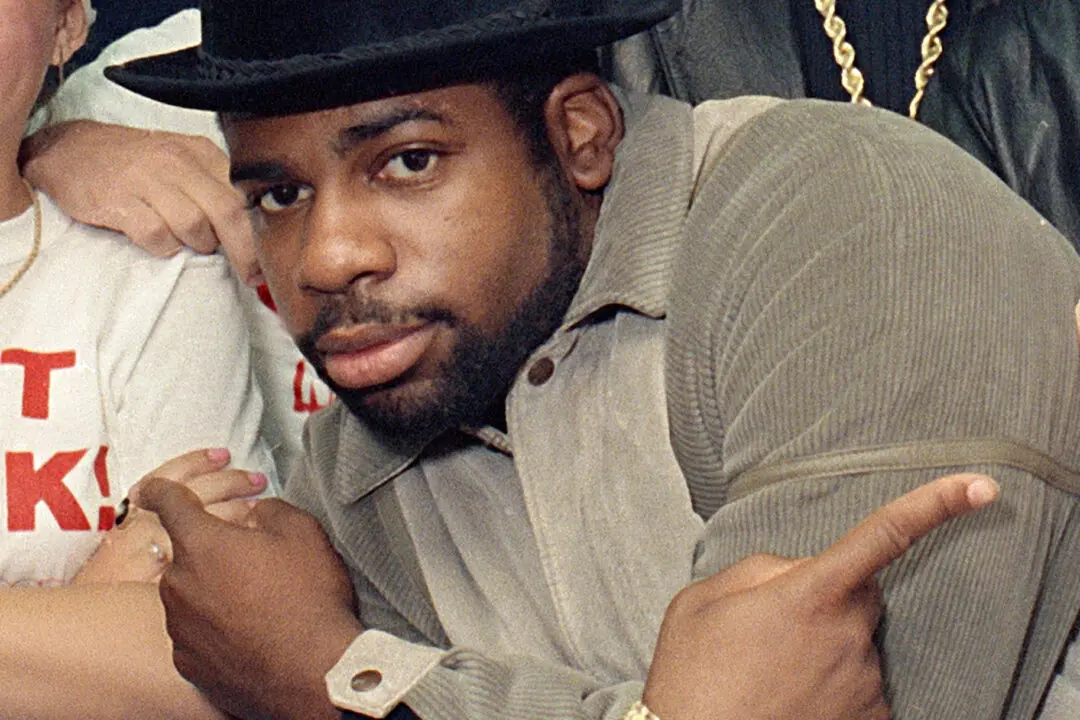SEBASTIAN, Fla.—Diver William Bartlett had just started exploring a 300-year-old shipwreck with a metal detector late last month in the waters off Florida’s Atlantic Coast when he found his first Spanish gold coin. Then one coin became two and two became so many he had to stuff them into his diving glove.
When he resurfaced, “every fingertip was stacked with gold coins, and we knew then we were into something super special,” the captain of his boat, Jonah Martinez, said Thursday.
Over the next two days, Martinez, Bartlett and another treasure hunter, Dan Beckingham, found 350 coins worth $4.5 million, the most valuable find from the 1715 shipwreck site in recent decades.
Eleven treasure-laden ships that made up the 1715 Fleet were heading to Spain from Havana on July 31, 1715, when they encountered a hurricane off Florida’s central coast. The winds and waves smashed the ships onto reefs, claiming as many as 1,000 lives in one of colonial Spain’s biggest maritime disasters off Florida.





